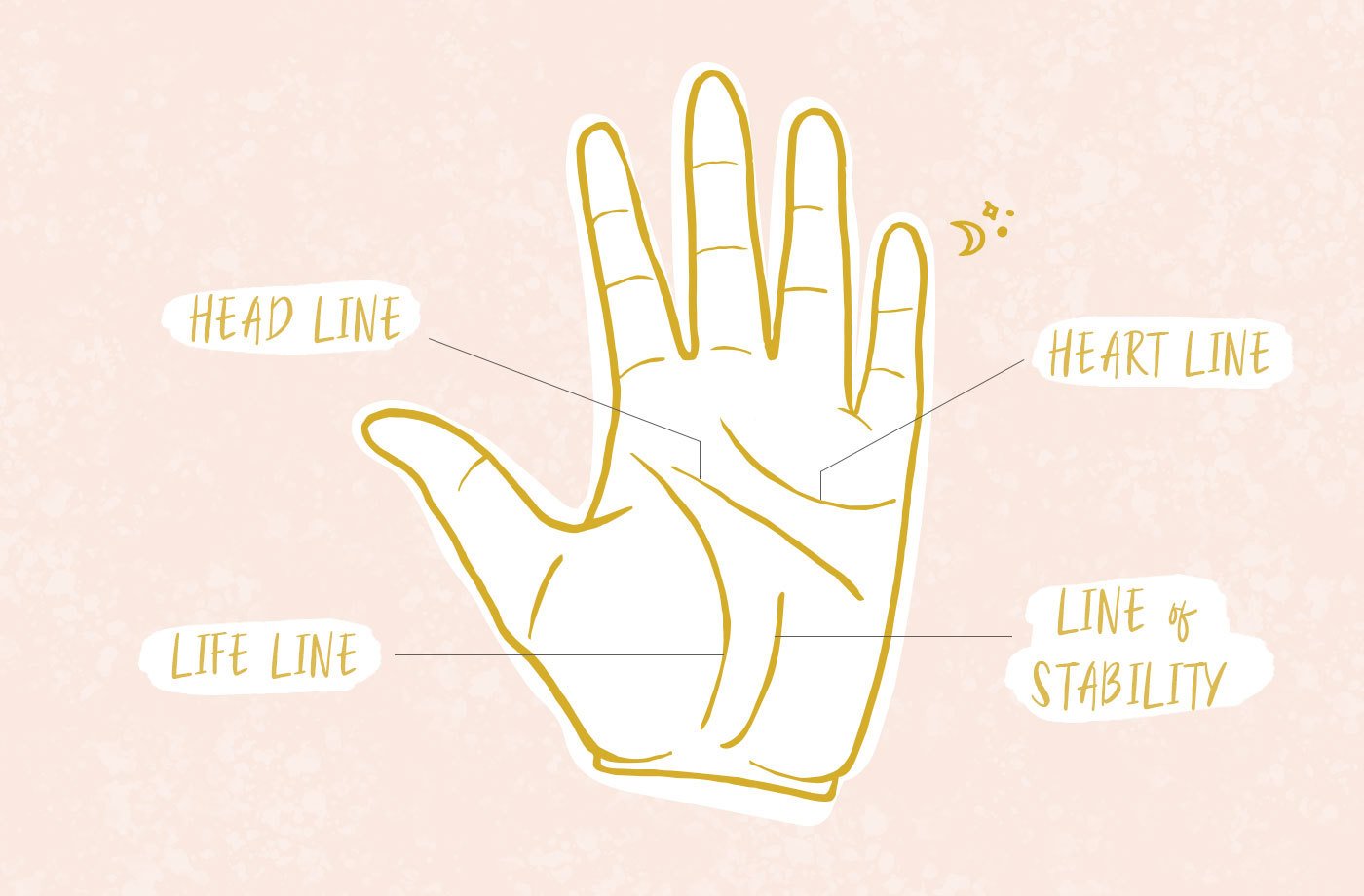
Cartomancy cards can be used for many different purposes. Marie Anne Lenormand was a pioneer in cartomancy. She used a standard deck to divinate and used a deck of playing cards. Lenormand was able interpret the meanings from the cards through various techniques throughout her practice.
Queen of Hearts
The Queen of Hearts is an incredibly feminine card, a symbol for love, compassion, and healing. If a woman sees this card, it is an indication that she must speak her mind and share her feelings to her family. If she is being visited by someone important, she might also appear in a reading. The Queen of Hearts can also be a sign of a new relationship, such as a friend, lover, partner or wedding.

The Queen of Hearts can also be a card of hope and desire. It is commonly associated with unconditional love, especially when the woman involved is a mother. However, women may also use the card to describe a nurturing, wise woman who is deeply attached to her family.
Queen of Cups
The Queen of Cups cartomancy card can represent a variety of things, from caring for oneself to pursuing a goal. It could also indicate the need for support. This card can also indicate an excessively sensitive to harsh situations and environments. This can be very distressing and may indicate that one needs assistance in self-care.
The Queen of Cups is an omen of a nurturing relationship, and the person in the card may be you or someone you're in love with. This woman provides emotional support, compassion and security. She is also an indicator of a deep need for intimacy, connection, and support.
Queen of Clubs
The Queen of Clubs Cartomancy Card can be used to signify success or abundance. This card can be a sign that you are attracted to people and they want to know more about you. This card is often a sign of being open to new experiences and opportunities, but it can also signify that you need to make some changes.

The Queen of Clubs is a card of spiritual and physical growth. It encourages self love and a spirit if service. She has overcome many challenges and trials, but she has always come out the victor. She is able to make a significant impact on her life and is a great role model for those around her. She can help you get rid of feelings of mistrust and loneliness.
FAQ
How can I find a hobby?
It can feel overwhelming to start your search for a hobby when you first begin.
You might be thinking "I'm not very creative" or "I am terrible at sports" or even "I don’t know anything”.
But the truth is, you probably already have a lot of experience to draw upon when looking for a hobby.
It's just not something you're aware of.
Take a good look at what you have in your house. How much stuff are you able to store?
Are there any toys that you don't use anymore?
Perhaps you have a collection.
Perhaps you have always wanted to be a chef.
Or perhaps you would just like to learn how to play the guitar again.
Whatever it is, there's likely something you can turn into a hobby.
It is important to recognize that you already have a lot of experience to draw from.
Once you do that, you can choose a hobby to fit your life.
Is it possible for a hobby to make you rich?
Not necessarily.
But if your passion is to start a business, you might be able to make a lot of money.
Let's take, for example, that you love cooking. You love to eat healthy food, so you decided to open up a restaurant.
You only offer organic meals from scratch. Customers pay a small charge to cover the cost of ingredients and labor.
As you build your clientele, you eventually hire employees to help you.
You can eventually expand your menu to include vegan and gluten-free dishes.
This is how you have created a successful company that has enabled you to enjoy the lifestyle you desired.
This doesn't mean that you have to give up your job.
You could, instead, run your restaurant while also maintaining your regular 9-5 work schedule.
What are your favorite hobbies right now
Popularity is not always a positive thing. Popularity can often be used to excuse mediocrity. Many people have no time for hobbies or other interests. They're too busy working to make ends met. What do you do with your spare time? Start a business.
It's not easy. There are many obstacles that must be overcome before you can realize your vision.
So if you're looking for something more exciting than running a business, you should consider pursuing a hobby.
Hobbies don't have to be creative. There are many different kinds of hobbies available. These include:
-
Gardening
-
Cooking
-
Photography
-
Reading
Statistics
- A new survey by Pew Research Center of teens ages 13 to 17 finds that 36% of girls feel tense or nervous about their day every day; 23% of boys say the same. (pewresearch.org)
- Almost 80% of people claim to have no hobby. (hobbylark.com)
- Much of this decline reflects the fact that teens are less likely to work today than in the past; among employed teens, the amount of time spent working is not much different now than it was around 2005. (pewresearch.org)
- The intensity of the dialogue partners' bond at the end of the forty-five-minute vulnerability interaction was rated as closer than the closest relationship in the lives of 30 percent of similar students. (time.com)
- I am 100% biologically a woman (discover.hubpages.com)
External Links
How To
How to get started gardening
Gardening is one the oldest forms. It takes patience, persistence, determination, and perseverance. The first step to starting a garden is to pick a spot where you will grow food. You can choose to have a large area or a small one in your backyard. Next, pick the type of plants that you would like. Do you prefer vegetables or flowers? Some people enjoy growing herbs and others prefer raising livestock like rabbits. Before you decide on what type of crops to plant you need to take into consideration how much space you have. If you live in a climate that experiences cold winters, then you might decide to grow fruits or berries as they do well in colder climates.
After choosing what you want to plant you need to prepare your soil. The soil is crucial in determining whether your plants thrive or not. A good soil has organic matter which helps to feed the roots of your plants. Organic matter includes things like leaves, twigs, grass clippings, manure, and compost. You need nutrients to your soil after you have prepared it. You may need different amounts depending on what type of plants you are trying to grow. Online fertilizer calculators can be used to determine these values. Many fertilizers are available, so make sure you know what you are buying.
Now you need to wait for the seeds to germinate. This process usually takes anywhere from 2 weeks to 3 months, depending on the weather and the temperature in your area. After your seeds sprout, it is important to water them frequently. Problems can arise if you water your plants too frequently or too little. You should ensure that your plants get enough water at regular intervals. Avoid overwatering. Overwatering can cause root rot or fungal diseases. Remember that plants need less water in the summer than they do in the winter. Remember that some plants require drying out after being watered. Tomatoes for instance need to remain slightly moist, but not wet. Soggy soil is not good for them. After the plants have finished flowering they must go dormant. Dormancy occurs when plants stop producing any new growth and start to store energy for the next harvest. Dormancy means that the plant stops communicating with its roots about producing food. During this period, plants continue to store energy. Plants will soon die if they are exposed to too much or too cold temperatures.
If you live in an urban environment, you may find yourself limited in the kinds of plants that you can grow. Concrete sidewalks and roads, as well as parking lots, are common in urban areas. This blocks sunlight from reaching the ground. Concrete absorbs light which blocks sunlight from reaching the ground below. Because of this lack of sunlight, many plants cannot survive in cities. Fortunately, there are still many plants that can thrive in an urban environment. Many trees, shrubs, and perennials can adapt to city living. Many annuals can also be grown indoors in container gardens. Container gardens allow you to bring fresh greenery into your home year-round regardless of the weather outside.
You're now ready to plant after you have chosen where and what to grow in your garden.